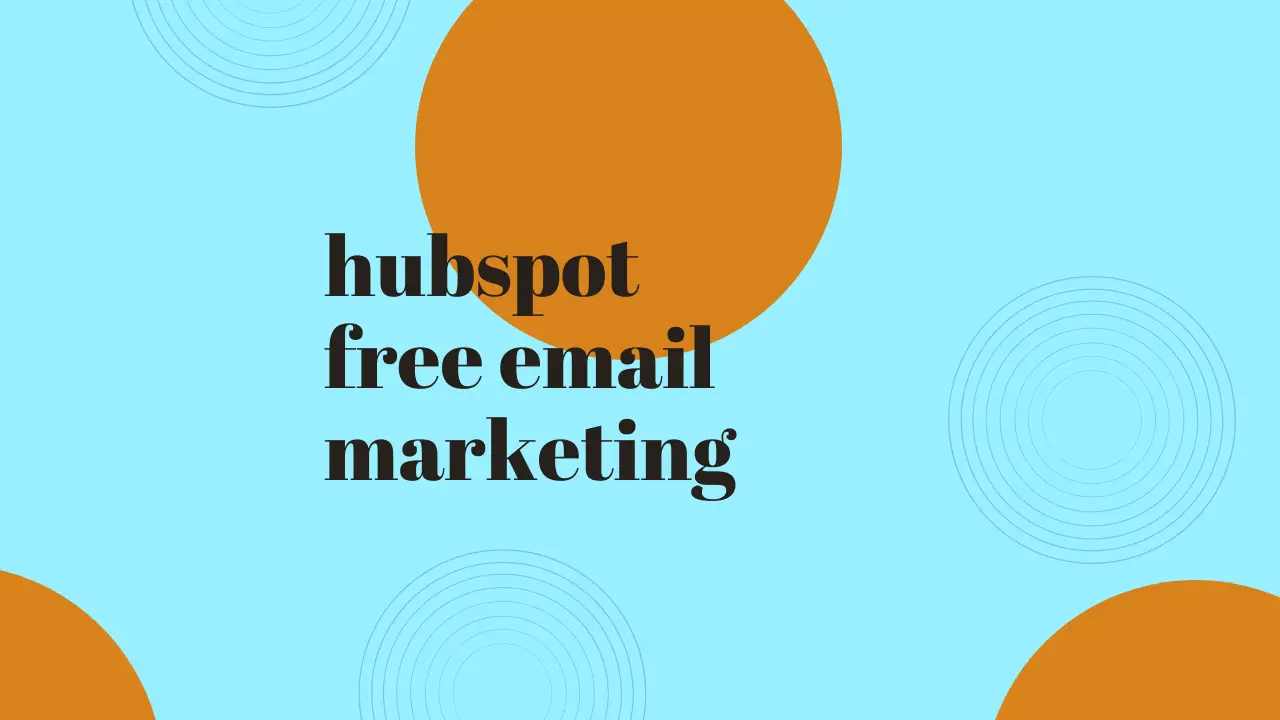The Power of the Integrated CRM
One of the most significant advantages of HubSpot's Looking to grow fast? Get bulk email leads from phone number list free email marketing is its deep integration with the free Customer Relationship Management (CRM) system. Your email campaigns don't operate in a silo. Instead, they are directly connected to a database where you can manage up to one million contacts. This allows you to segment your audience based on a wealth of data points, from their lifecycle stage to their past interactions with your website. This seamless connection means you can create highly targeted and personalized emails, which are proven to increase engagement and conversion rates. The CRM acts as a central hub, giving you a 360-degree view of your contacts and making your email marketing efforts more strategic and data-driven.
Easy-to-Use Tools for Everyone
HubSpot's free email marketing is designed with ease of use in mind. The drag-and-drop email editor is a standout feature, allowing even non-designers to create professional-looking emails. You don't need any coding skills to build an email from scratch or customize one of the pre-designed templates. While the number of templates on the free plan is limited, they provide a solid foundation for various use cases, such as newsletters or event invitations. You can also personalize emails with "tokens" to automatically insert contact-specific information like first names, making your communications feel more personal and relevant. The user-friendly interface and on-screen tutorials make it a great starting point for beginners.
Limitations and What to Expect
While the free plan is generous, it's essential to understand its limitations. The most notable constraint is the email sending limit of 2,000 emails per month. For a small business with a growing list, this can be a significant bottleneck. Another key difference from the paid plans is the presence of HubSpot branding on all your marketing assets, including emails. While this is a standard trade-off for free software, it might not align with a business focused on building a clean, professional brand image. The free plan also lacks advanced features like A/B testing, comprehensive automation workflows, and custom reporting, which are crucial for optimizing campaigns and scaling your efforts.

The Trade-off: Free vs. Paid
The core difference between HubSpot's free and paid plans lies in scalability and advanced functionality. The free version is an excellent tool for getting started, building a contact list, and sending basic newsletters. However, as your business grows and your marketing needs become more complex, you'll likely find yourself hitting a wall. Paid plans unlock features like email authentication (which is crucial for deliverability), sophisticated marketing automation, advanced analytics, and the removal of HubSpot branding. The price jump from the free to paid tiers can be steep, but it's a reflection of the powerful features and capabilities that are unlocked, designed to help businesses scale.
Leveraging the Free Plan Effectively
To get the most out of HubSpot's free email marketing, focus on a few key areas. First, use the free CRM to its full potential by segmenting your contact list. Instead of sending a generic email to all 2,000 contacts, create targeted lists based on their behavior or interests. Second, make use of the basic automation features available, such as a simple welcome email sent to new subscribers. Finally, take advantage of the free educational resources from HubSpot Academy to improve your email marketing strategy and skills. The free plan is not just a tool; it's a learning platform that can help you build a strong foundation.
Community and Support
As a free user, you won't have access to dedicated in-app support or phone assistance. Instead, you'll rely on HubSpot's extensive knowledge base, community forums, and blog posts. The community is a valuable resource, where you can connect with other users, ask questions, and find solutions. This self-service model for support is a common characteristic of freemium offerings and encourages users to become more self-sufficient, which is a useful skill for any business owner. While you may not get instant answers, the wealth of information available ensures you won't be left completely on your own.